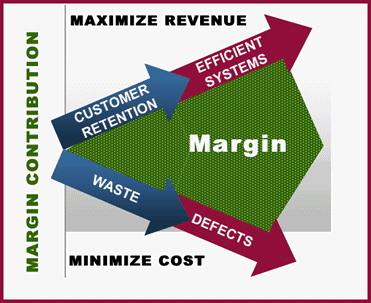
Why Implement a Quality Management System?
Implementing QMS in your company is a management decision that requires consideration of your organization’s operations, strategy, staff and, most importantly, your customers.
ISO standards are now readily being applied by organizations in industries ranging from manufacturers and labs to auto suppliers and pharmaceuticals. In many instances, the choice to implement an ISO standard into a company is not only the result of a company seeking to improve quality, efficiency, and profitability, but also as a result of ISO implementation being:
- Required by your Customers, especially internationally-focused businesses
- Required by overseas regulatory bodies for suppliers of quality-sensitive products, e.g. medical devices
- Necessary to maintain market presence and a competitive advantage
For whatever reason your company decides to pursue or update its ISO certification, you need to consider the benefits and costs involved with this process.

ISO Benefits
ISO standards are a guide that can help transform your company’s quality system into an effective system that meets and exceeds customer expectations. Your company will start to realize these benefits as you implement and adhere to the quality standards, and you will see the internal and external benefits accrue over time.
Internally, processes will be aligned
with customer expectations and company goals, therefore forming a more organized
operating environment for your management and employees. Product and service
quality will improve which decreases defects and waste. Process improvements
will help to motivate employees and increase staff involvement. Products and
services will be continually improved. All of these internal benefits will
continually drive better financial results, hence creating more value for
your business.
As for the external benefits, ISO certification shows your customers and suppliers worldwide that your company desires their confidence, satisfaction and continued business. Your company also has the opportunity to increase its competitive advantage, retain and build its customer list, and more easily respond to market opportunities around the world.
ISO Costs
Although the costs of implementation can be offset with increased sales, reduced defects and improved productivity throughout the organization, the investment of implementing and maintaining an ISO quality system needs to be considered.
Many factors should be considered when calculating your company’s ISO implementation costs. The time, effort and money your organization puts into ISO registration depends on the number of employees, locations, the ISO standard selected for registration and the current state of your quality system and processes. Typical costs include:
- Management and employee time and effort
- Upgrading and creating documentation
- Training employees
- Registration fees
- Maintenance
As with implementation of any new tool, the key to minimizing costs is to arm yourself with knowledge about the process, and then to design a sensible plan that has realistic objectives, adequate resources and a practical time schedule. Having a leader or consultant to guide you through the process and manage deadlines can also help you to control costs and achieve your goals more quickly. In addition, if you have multiple locations or departments, costs can be minimized by leveraging the information you learn and the resources you use as you move through the implementation and maintenance process.
Modules
Back to Top
|

